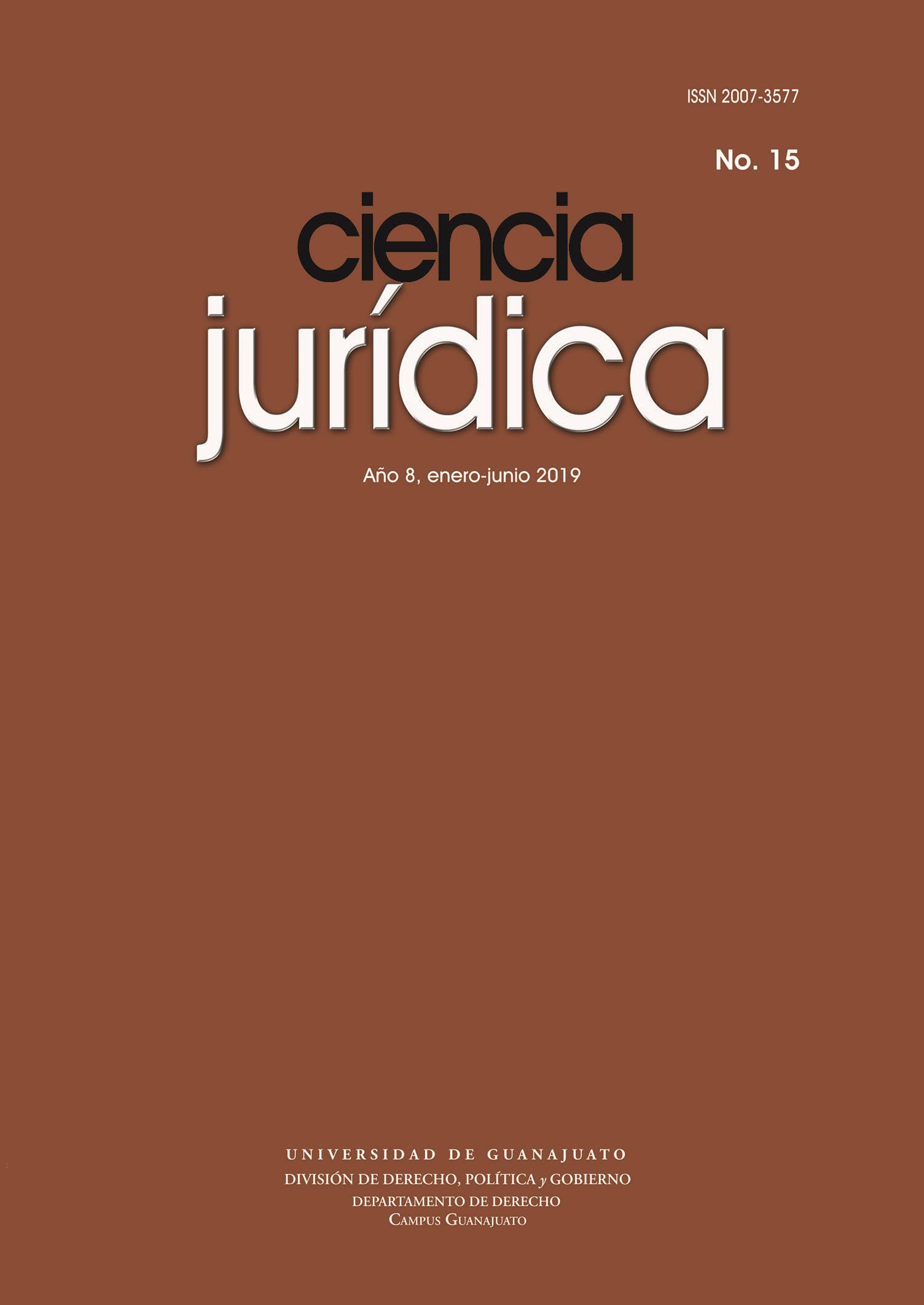Abstract
In this article we have tried to argue in favor of Hans-Georg Gadamer’s Philosophical Hermeneutics as a support or completion of its legal interpretation. Mainly, it is considered that both the logical part of the legal statements (validity), the material aspect (the truth and content) as well as the possible axiological rhetoric that can generate semantic hypothesis are fundamental to the creation of a “correct” legal interpretation; i.e.,the thesis that serves as a starting point is that any interpretation must be the product of a basically rational and contextual activity. For the methodological analysis, Gadamer’s proposal was compared to forms of eminently legal interpretation of such thinkers as Carl Schmitt, Theodor Viehweg and Chaïm Perelman.
References
Aristóteles (1987), Tratados de lógica (El organon), 8a. ed. México, Editorial Porrúa.
Attili, Antonella (1997), “La sombra del Leviatán en el pensamiento de lo político de Carl Schmitt”, en: Schmitt, Carl (2008), El Leviatán en la doctrina del Estado de Thomas Hobbes, México, Distribuciones Fontamara, pp. 11-34.
Bravo Regidor, Carlos, et. al., (2013), ¿Por qué leer a Schmitt hoy?, México, Distribuciones Fontamara.
Córdova Vianello, Lorenzo (2009), “El amigo-enemigo como expresión de la antidemocraticidad del pensamiento de Carl Schmitt”, en: Bravo Regidor, Carlos, et. al., (2013), ¿Por qué leer a Schmitt hoy?, México, Distribuciones Fontamara, pp. 31-52.
Dworkin, Ronald (2008), El imperio de la justicia. De la teoría general del derecho, de las decisiones e interpretaciones de los jueces y de la integridad política y legal como clave de la teoría y práctica, Barcelona, España, Gedisa.
Gadamer, Hans-Georg (2002), Acotaciones hermenéuticas, trad. Ana Agud y Rafael de Agapito, España, Trotta.
______ (2001), Antología, trad. Constantino Ruiz-Garrido y Manuel Olasagasti, España, Ediciones Sígueme.
______ (1998), Arte y verdad de la palabra, pról. Gerard Vilar, trad. José Francisco Zúñiga García y Faustino Oncina, España, Paidós.
______ (2007), El problema de la conciencia histórica, 3a. ed., intr. y trad. Agustín Domingo Moratalla, España, Tecnos.
______ (2010), El último dios: La lección del siglo xx. Un diálogo filosófico con Riccardo Dottori, trad. José Luis Iturrate Vea, España, Anthropos/Universidad Autónoma Metropolitana.
______ (1981), La razón en la época de la ciencia, trad. Ernesto Garzón Valdés, España, Alfa.
______ (2005), Verdad y método I, trad. Ana Agud Aparicio y Rafael de Agapito, 11a. ed., España, Sígueme.
______ (2006a), Verdad y método II, trad. Manuel Olasagasti, 7a. ed., España, Sígueme.
Gadamer, Hans-Georg, et al, (2006), Diccionario de Hermenéutica. Una obra interdisciplinar para las ciencias humanas, dirigida por Andrés Ortiz-Osés y Patxi Lanceros, 5a. ed., rev. y amp., España, Universidad de Deusto.
Gnoli, Antonio (1995), “Entre razón y pasión. Bobbio recuerda a Schmitt”, en: Schmitt, Carl (2008). El Leviatán en la doctrina del Estado de Thomas Hobbes, México, Distribuciones Fontamara, pp. 43-47.
Guastini, Riccardo (2012), Estudios sobre la interpretación jurídica, México, Porrúa/UNAM.
Nietzsche, Friedrich (2008), La genealogía de la moral. Un escrito polémico, España, Alianza Editorial.
Perelman, Chaïm (1988), La lógica jurídica y la nueva retórica, España, Civitas.
Perelman, Chaïm y Olbrechts-Tyteca, Lucie (1989), Tratado de la argumentación. La nueva retórica, España, Gredos.
The authors retain the copyright and must provide in writing the authorization for the first publication, via a computer network and printed to Juridical Science. Third parties are allowed to use the published information provided that the authorship of the work and the first publication in this journal are respected and made public.
The works published in this magazine are under a License CreativeCommons Attribution-Non-Commercial-ShareIgual 4.0 International.

